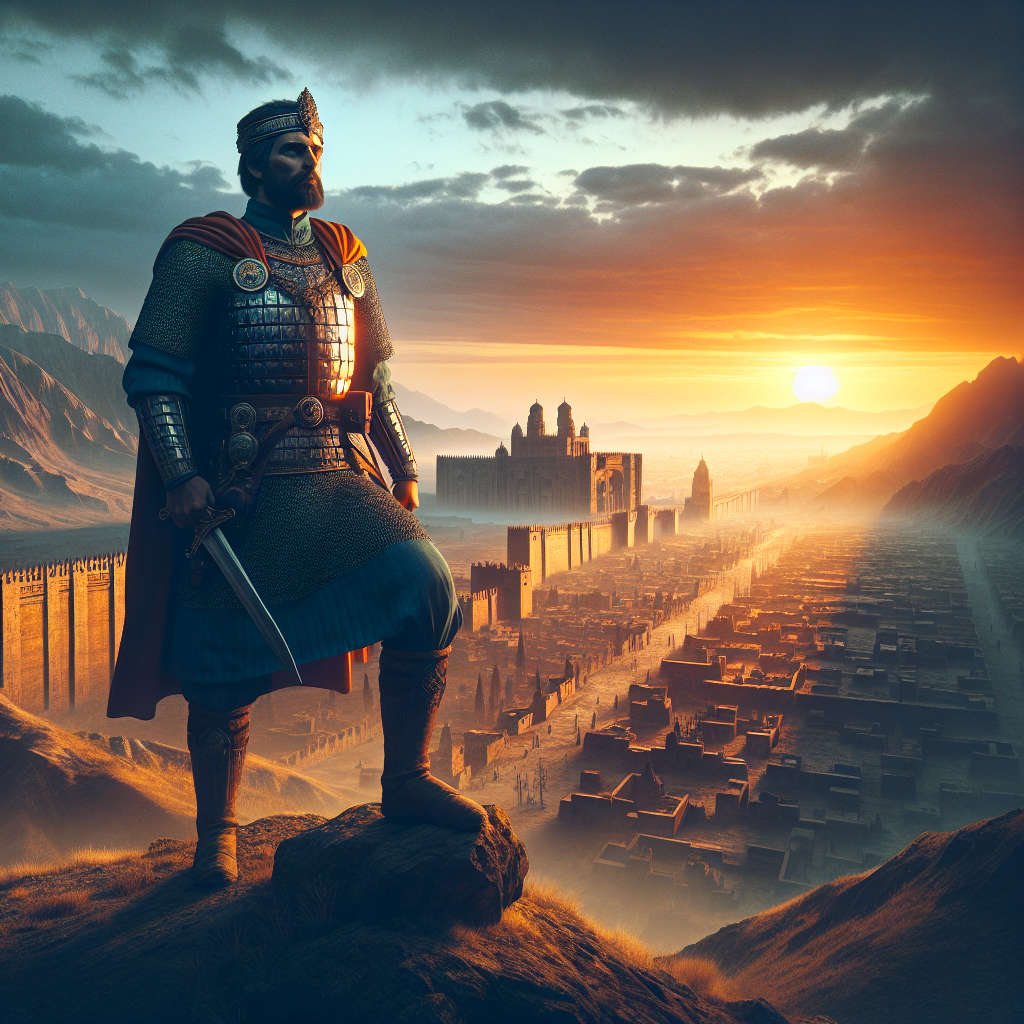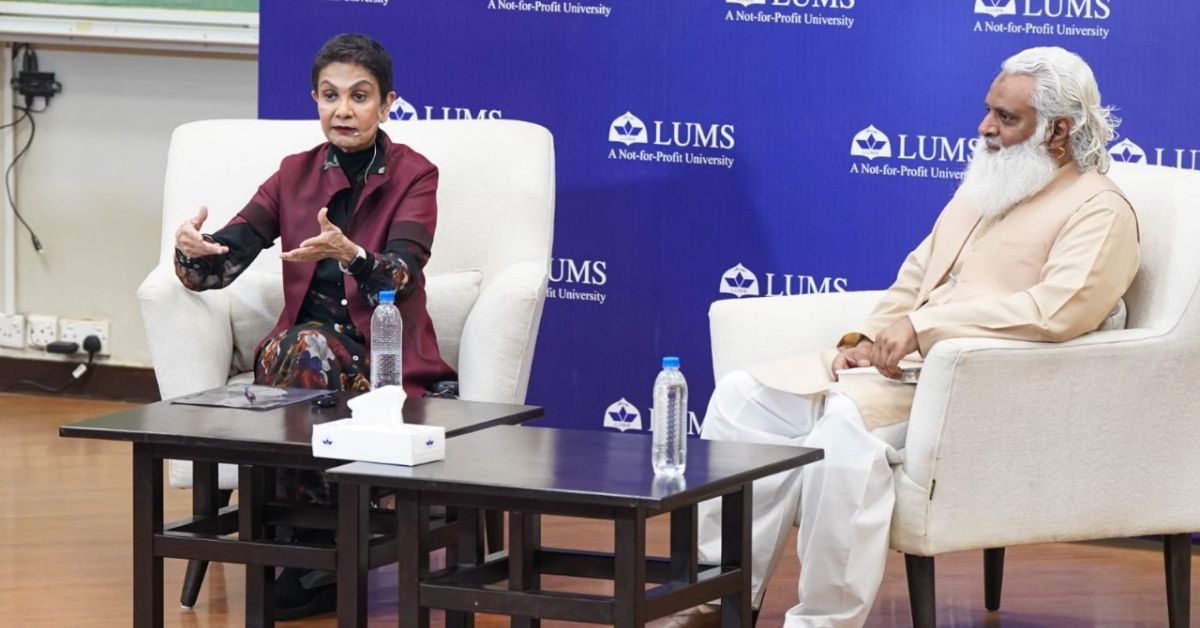In the annals of history, few figures stand as tall as Salah ad-Din, known in the West as Saladin. His name evokes images of chivalry and cunning strategy, both on the battlefield and in the corridors of power. Through a blend of diplomacy and warfare, Salah ad-Din became a beacon of leadership, uniting the Muslim world and challenging the Crusaders in the late 12th century. This blog post explores the intricate tapestry of his strategic leadership, offering valuable insights into how diplomacy and warfare can be melded to achieve monumental success.
A Glimpse into Salah ad-Din’s World
Salah ad-Din’s story begins in the complex and often tumultuous landscape of the 12th-century Middle East. Born in Tikrit in 1137, he rose to fame during a period marked by fierce battles and political intrigue. His ascent was not just due to his prowess in combat but also his ability to maneuver through the intricate web of alliances and rivalries that defined the era. Understanding the world Salah ad-Din navigated is crucial to appreciating his genius. It was a time when different cultures and religious beliefs clashed and coexisted, requiring a leader who could balance force with negotiation.
The challenges were immense—unifying a fragmented Muslim world while keeping at bay the powerful Crusader states established in the Holy Land. Salah ad-Din’s mastery of these challenges set him apart as a leader. His vision went beyond mere conquest; he aimed for a stable and unified realm. His era was characterized by a constant interplay of diplomacy and warfare, with shifting alliances and power dynamics requiring a strategic mind capable of seeing the bigger picture.
The Diplomatic Genius of Salah ad-Din
Diplomacy played a pivotal role in Salah ad-Din’s strategy. Unlike many of his contemporaries, he understood that building alliances and gaining the loyalty of diverse groups were as crucial as winning battles. His diplomatic maneuvers were marked by patience, tact, and an uncanny ability to read people and situations. Salah ad-Din’s diplomatic efforts were not confined to interactions with other Muslim leaders. He skillfully engaged with Christian rulers as well, demonstrating his understanding of the broader geopolitical landscape.
One of his most notable diplomatic achievements was the Treaty of Ramla in 1192, which marked the end of the Third Crusade. The treaty allowed for peaceful coexistence between Muslims and Crusader states, preserving access to holy sites for Christian pilgrims. This agreement exemplified Salah ad-Din’s commitment to diplomacy even in victory, showcasing his desire for a sustainable peace rather than total domination.
Through his diplomacy, Salah ad-Din established a network of alliances that supported his military campaigns. He understood the power of perception and used it to strengthen his position. By ensuring that his actions aligned with the principles of honor and justice, he won the respect and loyalty of allies and adversaries alike, further solidifying his leadership.
Military Strategy and the Battle of Hattin
While Salah ad-Din’s diplomatic acumen was impressive, his military strategies were equally formidable. One of his most significant military triumphs was the Battle of Hattin in 1187, a turning point in the Crusades. This victory showcased his ability to lead, strategize, and execute plans with precision. The Battle of Hattin was not merely a display of military might but a testament to Salah ad-Din’s strategic foresight. He meticulously planned the campaign, ensuring that his forces were well-prepared and motivated.
Salah ad-Din lured the Crusader forces into a trap by cutting off their access to water, weakening them before launching a decisive attack. His use of the terrain, understanding of logistics, and ability to adapt to changing circumstances were key elements of his success. The victory at Hattin paved the way for the recapture of Jerusalem, a monumental achievement that had profound implications for the region.
The battle demonstrated Salah ad-Din’s ability to integrate warfare with diplomacy. He leveraged his military victories to strengthen his diplomatic position, offering generous terms to defeated foes and securing his reputation as a noble and honorable leader. This approach not only expanded his territory but also enhanced his standing among friend and foe alike.
Balancing Force with Benevolence
Salah ad-Din’s approach to leadership was characterized by a delicate balance between force and benevolence. He recognized that true power lay not just in conquering lands but in winning hearts and minds. This philosophy guided his actions throughout his reign and contributed to his enduring legacy. While he was ruthless in battle, Salah ad-Din was known for his clemency and generosity towards defeated enemies. His treatment of prisoners and conquered populations reflected his belief in justice and mercy.
After the capture of Jerusalem, Salah ad-Din allowed Christian inhabitants to leave the city peacefully, contrasting sharply with the earlier crusader conquest. This act of mercy was a deliberate choice, aimed at fostering goodwill and stability in the region. Salah ad-Din’s ability to blend strength with humanity earned him respect across cultural and religious divides. His leadership style transcended the typical warrior ethos, emphasizing compassion and fairness.
Through these actions, Salah ad-Din demonstrated that true leadership involves more than just wielding power—it requires understanding, empathy, and the ability to inspire others to follow willingly. His legacy as a just and compassionate ruler continues to resonate today, offering valuable lessons for leaders in any era.
Unity in Diversity
A key aspect of Salah ad-Din’s leadership was his commitment to unity in diversity. He recognized the importance of bringing together disparate factions within the Muslim world to achieve common goals. This vision of unity was central to his success and remains a testament to his visionary leadership. Salah ad-Din’s efforts to unite the Muslim world were not without challenges. The region was rife with rivalries and conflicts, exacerbated by differences in sectarian and political affiliations.
However, through skillful diplomacy and strategic alliances, he was able to forge a coalition that transcended these divisions. By promoting a sense of collective identity and purpose, Salah ad-Din inspired loyalty and cooperation among diverse groups. His ability to bridge gaps and foster collaboration was instrumental in creating a unified front against external threats. Salah ad-Din’s emphasis on unity extended beyond political alliances. He also sought to promote cultural and intellectual exchange, encouraging dialogue and understanding among different peoples.
This approach not only strengthened his realm but also laid the foundation for a flourishing society that celebrated diversity. Salah ad-Din’s legacy as a unifier serves as a powerful reminder of the potential for cooperation and harmony in even the most complex of contexts.
The Role of Religion in Strategy
Religion played a significant role in Salah ad-Din’s strategic leadership. His faith was both a source of inspiration and a guiding principle in his decision-making. Understanding the role of religion in his strategy provides valuable insights into his leadership approach. Salah ad-Din’s commitment to Islam was central to his mission of defending and expanding Muslim territories. His religious convictions provided a moral framework for his actions, motivating both himself and his followers.
He used religious symbolism and rhetoric to rally support and legitimize his leadership, effectively mobilizing his forces for military campaigns. However, Salah ad-Din’s interpretation of religion was inclusive and tolerant. He respected other faiths and sought peaceful coexistence wherever possible. His approach to governance was characterized by religious pluralism, allowing for a diverse society that respected different beliefs.
By aligning his actions with religious values and principles, Salah ad-Din was able to inspire trust and loyalty among his followers. His leadership demonstrated that faith can be a powerful force for unity and cooperation when balanced with tolerance and understanding.
The Legacy of Salah ad-Din
Salah ad-Din’s legacy extends far beyond his military conquests. He left an indelible mark on history as a leader who embodied the ideals of chivalry, justice, and compassion. His influence continues to be felt today, offering valuable lessons for leaders in every field. One of the most enduring aspects of Salah ad-Din’s legacy is his reputation as a noble and honorable leader. His commitment to fairness and humanity has made him a celebrated figure in both Eastern and Western traditions.
His story serves as a powerful example of how leadership grounded in ethical principles can transcend cultural and historical boundaries. Salah ad-Din’s strategic vision and ability to balance diplomacy with warfare have also left a lasting impact on the study of leadership and strategy. His approach to building alliances, unifying diverse groups, and integrating different elements of power remain relevant in today’s complex geopolitical landscape.
Leaders can learn from his ability to adapt to changing circumstances, his focus on long-term goals, and his emphasis on compassionate governance. Salah ad-Din’s legacy is a testament to the enduring power of visionary leadership. His story reminds us that true greatness lies not in the accumulation of power but in the ability to inspire and uplift others. By embodying the principles of justice, compassion, and unity, Salah ad-Din’s leadership continues to resonate across the ages, offering timeless lessons for those who seek to make a positive impact in the world.
Conclusion
Salah ad-Din’s strategic leadership, characterized by a masterful blend of diplomacy and warfare, offers timeless lessons for leaders across the spectrum. His ability to align military prowess with ethical principles, to build alliances across cultural and religious divides, and to inspire loyalty and cooperation speaks to the power of visionary leadership. In today’s increasingly interconnected world, where challenges are both complex and multifaceted, Salah ad-Din’s legacy serves as a powerful reminder of the importance of unity, justice, and compassion.
By drawing on his example, leaders can find inspiration to pursue innovative solutions, build bridges, and create a more harmonious and equitable future. Whether you are leading a team, an organization, or a nation, the lessons from Salah ad-Din’s life offer valuable guidance for navigating the complexities of leadership. By embracing the principles of diplomacy, inclusivity, and ethical governance, we can forge a path towards a brighter and more sustainable world.
For those interested in exploring more about strategic leadership and its historical applications, consider seeking out further resources and engaging with experts in the field. The story of Salah ad-Din is just one chapter in a rich tapestry of leadership history that continues to offer inspiring insights and valuable perspectives.










